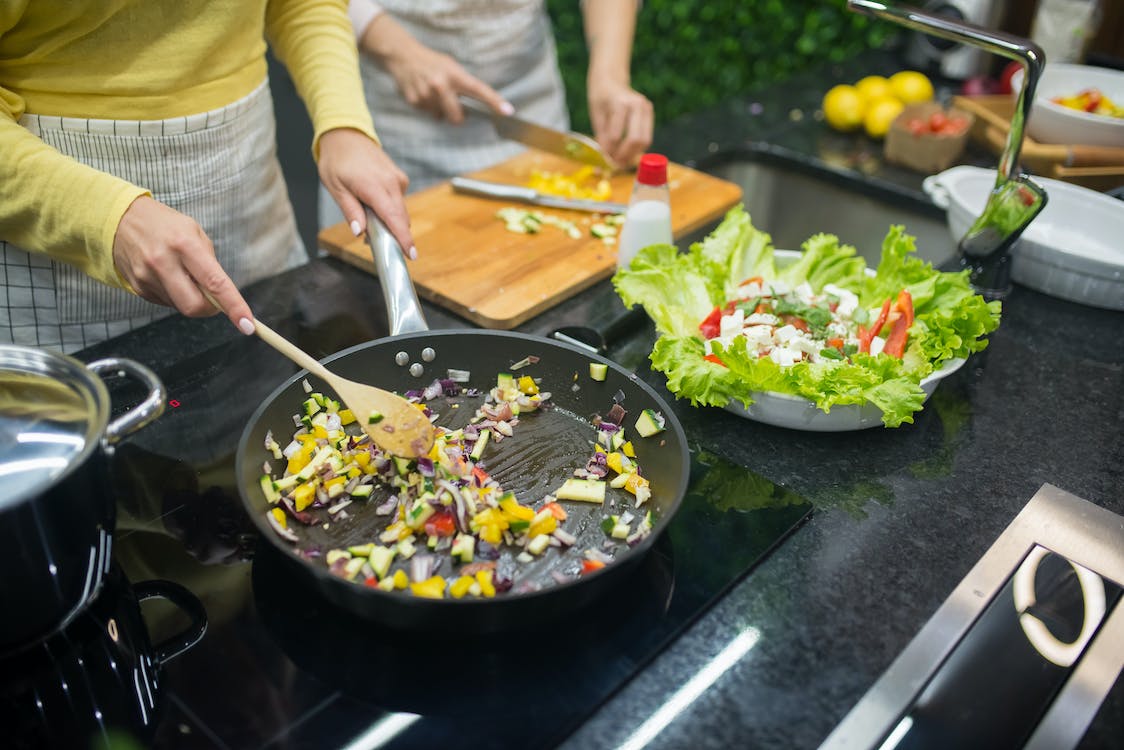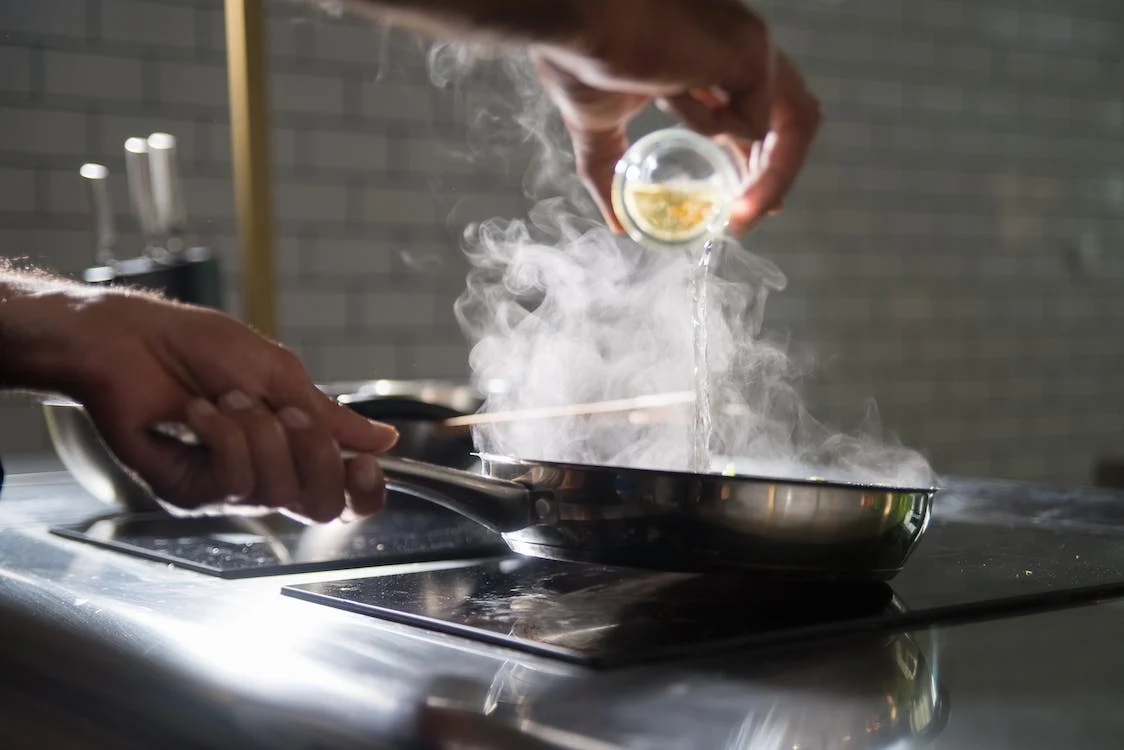Electric stove tops have become a staple in modern kitchens, offering a sleek design and consistent heat for cooking. However, transitioning from gas to electric or mastering the nuances of electric cooking can come with its own set of challenges. Many find themselves making simple mistakes that can affect the quality of their meals or, worse, the safety of their kitchen.
From uneven cooking to potential hazards, navigating the world of electric stove tops can be a learning curve for even the most seasoned home chefs. This article will highlight some of the most common blunders people encounter when using an electric stove top, providing tips and insights to help you avoid these pitfalls and enhance your cooking experience.
What is an Electric Stove Top?
An electric stove top, a cornerstone of modern kitchens, operates on a straightforward principle: electrical energy is converted into heat, which is then used to cook food. Unlike their gas counterparts that use an open flame, electric stove tops rely on heating elements, typically made of metal coils or smooth ceramic surfaces, to heat pots and pans. These elements are powered by electricity, with the temperature controlled by the user through knobs or touch controls on the stove’s surface.
The electric stove top comes in two main varieties: coil and smooth-top. Coil stove tops feature exposed heating elements that directly warm the cookware, while smooth-top models have a sleek ceramic glass surface under which the heating elements are located, offering a flat cooking area that is easy to clean. Some modern electric stoves also include advanced features like programmable settings, timers, and even induction technology, which uses magnetic fields to directly heat cookware while leaving the cooking surface cool to the touch.
Electric stove tops are celebrated for their consistency and even heating, making them a favorite among bakers and those who cook at low temperatures. Their design also contributes to a streamlined kitchen aesthetic, with smooth-top models, in particular, offering a minimalist look that appeals to many homeowners. Safety is another advantage, as the absence of an open flame reduces the risk of fires.
Common Mistakes When Cooking on an Electric Stove Top
Using an electric stove top can be quite different from cooking with gas or other methods, leading to a variety of common mistakes. Here’s a look at some of the most frequent issues people encounter, along with tips on how to avoid them.
1. Overlooking Preheating Time
Electric stove tops take longer to heat up and cool down compared to their gas counterparts. A common mistake is not allowing enough time for the burner to reach the desired temperature before starting to cook. This can result in undercooked food or longer cooking times than anticipated.
2. Using the Wrong Cookware
Not all pots and pans are suited for electric stove tops. Using the wrong type can lead to uneven heating and cooking times. Flat-bottomed and medium-weight cookware is typically the best choice for electric stoves, as it allows for more consistent heat distribution.
3. Neglecting the Importance of Size Match
Matching the size of the pot or pan to the burner is crucial on an electric stove top. Using a small pot on a large burner can waste energy and lead to uneven cooking, while a pot that’s too large can heat slowly and unevenly.
4. Forgetting to Clean Regularly
Electric stove tops require regular cleaning to function efficiently. Spills and crumbs can get on the burners and cause smoke or even fire hazards. Keeping the stove top clean ensures better performance and safety.
5. Misjudging the Heat Setting
Electric burners can be less intuitive when adjusting the temperature. It’s easy to set the heat too high or too low, leading to burnt or undercooked food. Getting familiar with the settings and how quickly your stove top responds can help mitigate this issue.
6. Leaving the Stove Unattended
Because electric stove tops stay hot longer after being turned off, leaving them unattended can be a safety hazard. Always stay nearby when cooking, and remember to turn off the burner a few minutes before your food is completely cooked to utilize the residual heat.
7. Ignoring the Indicator Light
Most electric stoves have an indicator light to show when a burner is on or still hot. Ignoring these lights can lead to accidental burns or overheating. Always check the indicator light before touching the stove top or leaving the kitchen.
8. Not Using a Timer
Electric stoves’ slower response times make using a timer essential to avoid over or undercooking.
9. Failing to Adjust Cooking Times
Recipes designed for gas stoves might not translate directly to electric. Be prepared to adjust cooking times to accommodate the slower heat-up and cool-down times of electric stoves.
Conclusion
In conclusion, mastering the electric stove top is an essential skill in the modern kitchen, yet it comes with its unique set of challenges. From understanding the importance of preheating and selecting the right cookware to recognizing the need for regular cleaning and proper heat settings, each mistake offers a learning opportunity. By being aware of these common errors and taking steps to avoid them, cooks can ensure safer, more efficient, and more enjoyable cooking experiences.




